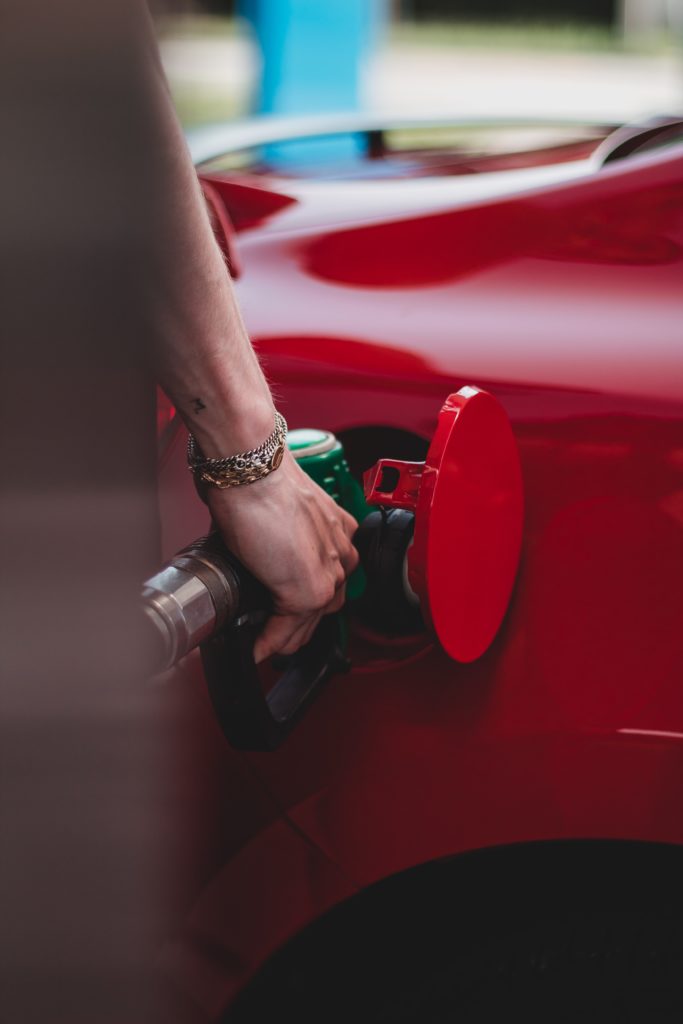TotalEnergies has just published a record profit of 14 billion euros. What about the expected dividend (more than half of the profit)? In a business that is 90% based on the exploitation of fossil fuels, where are the investments to limit climate change or externalities?
Those are excerpts from a detailed analysis (in French) on my blog (limited section in English here) – contrasting classical finance and sustainability, and taking not only figures in their absolute amounts, but showing also orders of magnitude.
Let’s put on our green glasses and look at the situation of TotalEnergies from the point of view of sustainable finance. If this company decides to pay a large dividend to shareholders, this means that they can do without the money. In other words, they feel that their investment needs are amply covered.
Now, let’s broaden the notion of investment to encompass projects that meet any of the United Nations’ 17 Sustainable Development Goals, or ESG (environment, social, governance) criteria. The question becomes: has TotalEnergies planned enough sustainable investments? Indeed, this company could decide to invest massively – in proportion, not only in amount – in environmental policies: reduction of exploration – especially in the Arctic – and exploitation of fossil resources, major investment in truly renewable energies (not counting gas, then…)
Another way would be to further develop the letter S in ESG – more inclusion and diversity, better parity in decision-making bodies, respect for local populations in exploitation areas. Finally, G for Governance: it is always good to increase the transparency of executive remuneration methods, the independence of board members – why not invite an NGO such as Reclaim Finance to the board? – and the rejection of local corruption practices.
These sustainable investments could be extremely profitable in the medium to long term. Of course, in the short term, they would lower the risk-return trade-off, one of the pillars of traditional finance. Indeed, capital expenditures would probably reduce profitability in the short term. But if these investments contribute to a likewise reduction in the risks of the corporation (climate risks, local risks, reputational risk, lower attractiveness of the company as an employer, etc.), the risk-return ratio might benefit from that change.
We could also leave behind the classic two-dimension risk-profitability trade-off and introduce a third dimension, with a risk-profitability-sustainability tripod. The question would no longer be to maximise profitability for a given level of risk, but rather to optimise the three components of the tripod. Some companies would still continue to give priority to profitability, but at least, their stand would be clear: “We choose to ignore sustainability issues in order to maximise profitability.” Shareholders would then react accordingly: the maximisers (following the risk-profitability trade-off) would all be in favour of this move, while the optimisers (tripod) would take the high road.
TotalEnergies – the heavyweight of the French CAC 40 Index and one of the seven “supermajor” oil companies – has been attracting increasing attention for years. Indeed, it has a few blemishes on its record: 30 years of actively challenging climate change, financing authoritarian regimes, and intensive and aggressive exploration of natural environments that ought to be protected. At the same time, this company is among the best rated in its sector on ESG criteria. Some portfolio managers go so far as to say that TotalEnergies is the greenest of the oil stocks – please appreciate the oxymoron.
Where does such a paradox come from? On the one hand, we know that fossil fuel producers are major contributors to greenhouse gas (GHG) emissions… But on the other hand, an investor will want to know which companies are the most virtuous in a given sector. TotalEnergies is “relatively” well-ranked within its sector.
Finally, there is perhaps a deeper reason for the focus on this group: even today, cities are designed for and around cars; the car, or the SUV, is still, for many, a synonym of social status; logistics are still massively based on road transport (“if you bought it, a truck brought it”), or airplane delivery. Oil is therefore still a commodity of first necessity (but for how long?).
Let’s illustrate this with the yellow vests protests in France. The initial measure that triggered this movement was an increase in the carbon tax in the price of gasoline. Paradoxically, carbon tax is one of the means to reduce the effects of climate change (polluter pays principle).
Our relationship to oil is therefore complex, particularly in its human aspects: even though many of us are aware of the climate and biodiversity issues facing our planet, it is more difficult to take action when it impacts on our consumption habits or our leisure activities. TotalEnergies might be on a dark path, but this also reflects the dark side of our own choices.
Let us conclude on a positive note. Admittedly, TotalEnergies is not spending enough on ESG criteria, in comparison to its enormous amounts of GHG emissions (reminder: when communicating on their emissions, most companies « forget » scope 3 – which represents upstream and downstream emissions from their products, for example when they are used by customers. This scope 3 is enormous for TotalEnergies: 400 Megatons of CO2 equivalents, i.e. 90% of total emissions). In absolute terms, if this company were to devote just 1% of its revenues to ESG issues – and we are talking about more than 2 billion dollars here – it would be good publicity, much better than the “greenwashing” campaigns that such companies now regularly bombard us with.



